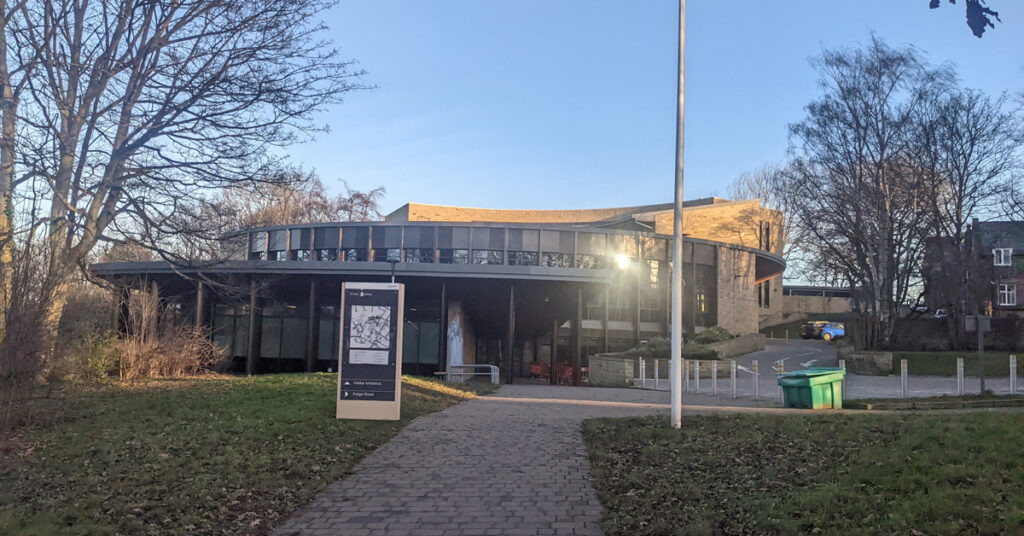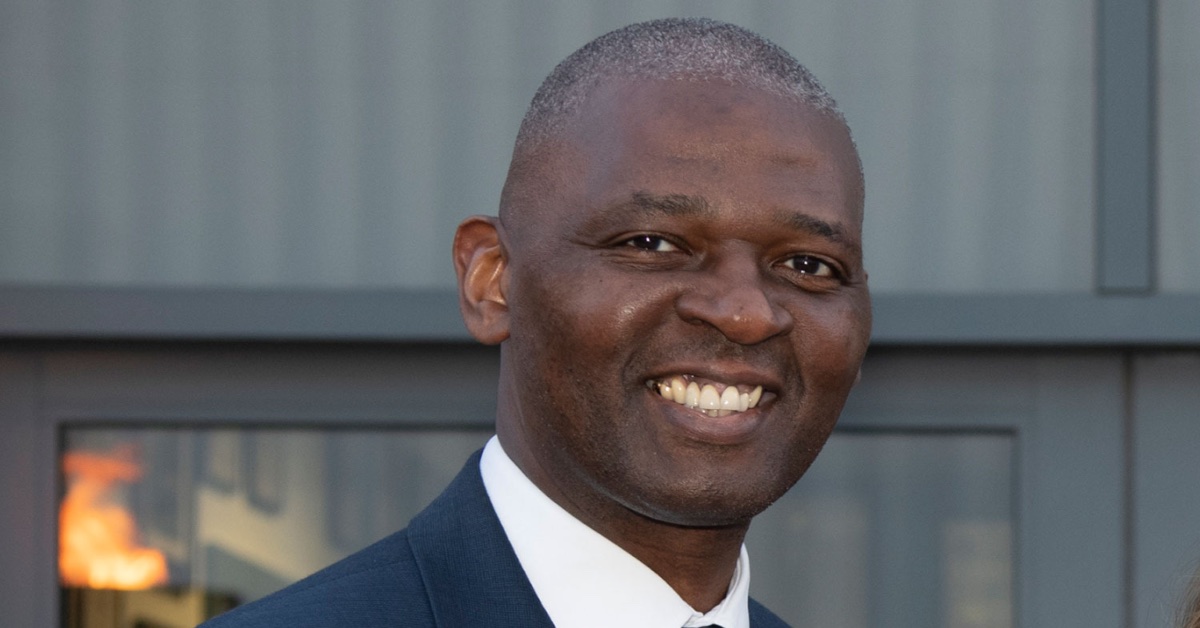Harrogate district residents are being invited to take part in interactive virtual meetings to learn more about the new North Yorkshire Council.
The new council will start operating in April next year, as part of the largest local government reorganisation since 1974.
The shake-up will see the demise of eight local authorities, including Harrogate Borough Council and North Yorkshire County Council. All the services they provide will transfer to North Yorkshire Council.

Harrogate Borough Council will be abolished next year.
The first locality roadshow is designed for people living in the Ripon and Skipton parliamentary constituency, It will be held next Monday (April 4).
Those living in the Selby and Ainsty constituency are invited to a meeting on April 6 and the virtual meeting for the Harrogate and Knaresborough constituency will take place on April 12.
All meetings will be held on Teams between 6.30pm and 8pm. Information on how to attend can be found here: https://www.northyorks.gov.uk/new-council-virtual-roadshows
Among panel members present to answer questions at each meeting, will be Harrogate Borough Council’s chief executive Wallace Sampson and Neil Irving, North Yorkshire County Council’s assistant director for policy, partnerships and communities.
Read more:
- Council tax hike for the Harrogate district
- North Yorkshire councillors clash over tax increase
- 15,000 Harrogate district households could miss out on rebate
From April 2023, the new authority will deliver all services across the whole of the county. North Yorkshire County Council chief executive Richard Flinton said:
“We value your views and the roadshows will also help to answer any questions and allay any fears that you may have
“This is an exciting moment for North Yorkshire and we are working with our district and borough colleagues and partners to ensure the very best outcomes for our local residents.
“In preparation for April, 2023, we will continue the unitary conversation with residents, communities, the emergency services, our partners in health, education, and the voluntary sector, as well as our members, our towns and parishes and our staff.”






